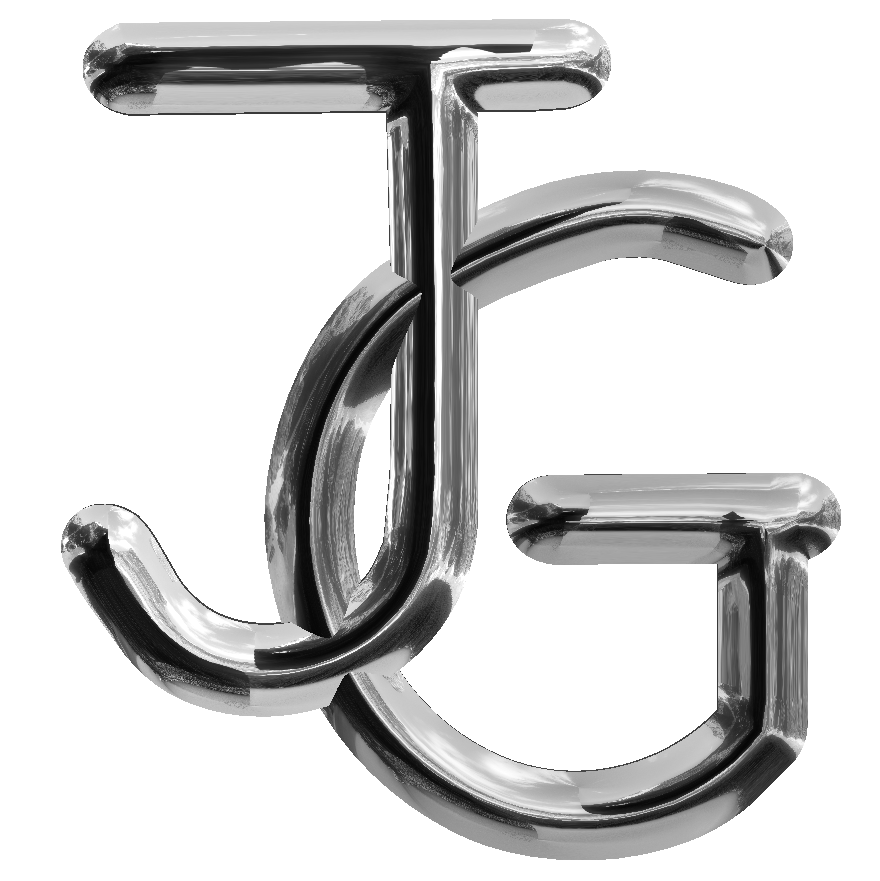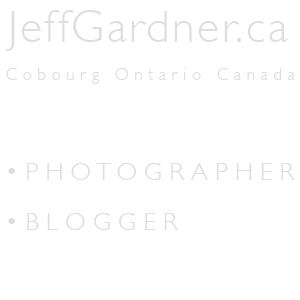This is the third and final article of the series, and deals with Output (see links below for previous articles). To recap the steps as described so far: images would be catalogued, noise reduced and some sharping would be performed to eliminate issues inherent with digital photography. Any artistic editing should also be completed (ideally on a colour balanced monitor) and the image would then be ready for output, usually for display on a web site or for print. The details in this article apply to Photoshop / Lightroom, however the same principles apply to all tools.
When an image is initially processed, output details are often not known or change over time. You may first put an image on a web site, then email it or produce a book / greeting card or print. Since each output has its own technical needs, save the image after final artistic editing, and then create a new file for each output (if using Photoshop, flatten the image when saving these new files or use a smart object). Saving a new file allows you to go back to the original image (with all of its layers intact), edit and make adjustments later if required.
Output Workflow
Photoshop:
- Flatten layers and save the file – include intended use in the file name such as:
xxxx-2222-Print24x36.tif - Resample the image at a new resolution and output size.
- Sharpen at 100% view of the new output size
- Final Output – Print or web
Lightroom:
- Using the Print Module, apply sharpening settings. The techniques in this article apply to Lightroom with specific settings as noted.
- Web output can be best performed with Export dialogue.
- Final Output – Print or web
Printing
Printing softens an image, because the image blurs as the ink soaks into the paper, and this blurring varies with the type of ink/paper used. To compensate for this blurring, sharpening is performed once again – yes I know we already sharpen it once, but that was to fix the issues with digital capture. Now we want to handle blurring caused by inkjet printing and make adjustments based on how far the viewer may be when viewing the image. Lets look at this second sharpening step in more detail.
Sharping is nothing more than an illusion. Software can’t make an image ‘in focus’. All it can do is better define the contrast between light and dark edges to trick the eye into perceiving “sharpness”.
Note the sharping effect of the two bars at in the diagram below (bars have a dark top and light beige bottom).
Bar 1 is unsharpened. Bar 2 has slightly exaggerated sharpening for demonstration purposes. Software tools were used to sharpen bar 2. Where there are high contrast edges (dark near light), the top dark portion of bar 2 has a small white halo blending into the beige (light) background. There is also a black halo in the dark part of the bar. It’s more visible as the bar becomes lighter, about ? down from the top. To view this diagram better, see note at the end of this article for a high resolution online version of this image.
As the contrast between the bar and its background is reduced, so is the sharping. Where there is no contrast (in the middle of the diagram), there is no sharpening (no black or white halos)
The reverse affect also occurs at the bottom of the diagram. As you sit farther away from Bar 2, it should appear sharper than Bar 1. Since the diagram is over sharpened for demonstration, bar 2 simply looks weird on the screen. Therefore, the degree of sharpening varies based on the general conditions under which the image is viewed. Distance plays a major factor in determining how much sharpening to apply. Use the detailed diagram and view it from a distance to better see the sharpening effect.
So, how does all this effect printing? As the image is enlarged, so too must be the sharpening effect (the size of the halos). To do this, first the image should be sharpened so that it looks good. Then, if the viewer will be more than 5 feet from the print, the sharpening should be exaggerated by about 50%. A book (typically viewed closer than 5 feet, would be sharpened with fine detail (small halos) while a large 24” x 36” print needs larger halos. The large print will need those halos exaggerated, otherwise they will be too small for the viewer to see and the print will not appear sharp. Also be aware that portraits are not sharpened as much and have different ‘artistic’ sharpening techniques.
(Mea culpa – in Article 2, I neglected to mentioned that noise reduction must be performed prior to sharpening. Otherwise, you are sharpening (accentuating) the noise. Adobe Camera Raw, Lightroom, etc. will automatically apply these settings in the proper order).
Photoshop uses the following terms for most of its filters. (Lightroom specifics also noted).
- Amount: determines the amount of adjustment based on the level of contrast (dark vs bright) near an edge before sharpening is to be applied by the software. (Note: Lightroom refers to this setting in the Print Module as: Print Sharpening: low, medium, high.)
- In the above example there is low contrast in the middle of the diagram (between the edge of the bar and its background), therefore less sharpening is applied there. Increasing the Amount, increases the extent of sharpening applied within the image. In the above example, selecting a higher ‘amount’ will extend the sharpening towards the middle of the diagram.
- Radius: determines thickness of the halos and is typically measured in pixels. For a high resolution image, this value must be larger since the pixels are more densely packed. This is also the setting that must be increased if the viewer will be further away from the image, in order for the haloes to be large enough to have a sharping effect. (Note: Lightroom refers to this setting in the Print Module as: Media Type: Glossy = low Radius, Matte = High Radius.)
Advanced Photoshop: View the image at 100%. If you use Photoshop, use Filter> Smart Sharpen and set the Amount and Radius. Start with high Amount (500%), then set the Radius starting low at 1.2 pixels and expand up to about 5, then back off the Amount to about 100% until the image looks sharp. Experiment as every image can be different.
Web Output
For any image to be viewed on a screen (email, web), save the image as a JPEG file, image quality of ideally no less than about 70, If prompted, use the Adobe RGB colour space (this is the default web colour space all modern browsers use). Sharpen for Screen.
When saving for Web, Export the image using the Library Module or use a Publish Services preset.
Colour Management: In previous articles I mentioned the camera should be set to Adobe RGB which has a greater colour range than sRGB. After import, Adobe users should preserve colour by using the ProPhoto RGB colour space (at 16 bit if your printer supports it).
For printing, the colour space will then be converted by a ICC colour profile for the specific printer and paper type (Remember different papers absorb ink differently). Each paper manufacturer should therefore have a ICC colour profile for your paper and printer. When soft proofing (viewing on screen) or printing, ensure the ICC colour profile is used. All software tools must use a ICC profile.
I hope these articles have been of some use and at least get you thinking about managing the workflow and technical issues in your digital images. Don’t forget to get a good backup strategy and have fun!
Links:
Article one dealt with Image capture and file management: http://www.jeffgardner.ca/NPC/Article1.pdf while article two dealt with basic editing for image quality / noise reduction: http://www.jeffgardner.ca/NPC/Article2.pdf. For a PDF of this article, please see: www.jeffgardner.ca/NPC/Article3.pdf
For high resolution image of the sharpening diagram: www.jeffgardner.ca/NPC/SharpeningHighRes.jpg


